Rostock is the largest city in Mecklenburg-Vorpommern, Germany, with approximately 210,000 residents. Situated on the Baltic coast, it holds the distinction of being the third-largest German Baltic city after Kiel and Lübeck. Historically, Rostock was a vital port city, particularly during the era of East Germany. Officially named the Hanseatic and University City of Rostock, it underscores its historical significance as a member of the Hanseatic League and its academic heritage.
1900: New Quarters Development
Around 1900, new quarters were developed in the south and west of Rostock to house the increasing population.
1925: Mayor Title
Since 1925, the head of the city has borne the title of Mayor.
1932: Nazi Popularity Increase
In the summer of 1932, the Nazi party garnered 40.3 percent of the vote in Rostock during elections, exceeding their national showing of 37.3 percent.
1935: Population reaches over 100,000
In 1935, Rostock reached a population of over 100,000 residents.
1935: Population Increase
In 1935, Rostock's population reached 100,000 due to rearmament by the Nazi regime and the boosted industrial importance.
November 1938: Kristallnacht Synagogue Destruction
On 10 November 1938, during Kristallnacht, the synagogue on Augustenstrasse in Rostock was destroyed by arson, and numerous Jews were beaten and imprisoned.
1939: Population Growth
By 1939, the city's population grew to 121,192 due to the increased employment at the Heinkel and Arado factories, and at the Neptunwerft shipyard.
1942: Air-raid destruction
In 1942, The historical houses in Hanseatic style that once bordered the square were destroyed in an Allied air-raid.
May 1945: Capture by Soviet Forces
In May 1945, specifically on May 2nd, Rostock was captured by the Soviet 2nd Belorussian Front during the Stettin-Rostock offensive operation.
1960: Demolition of Jakobikirche Ruins
In 1960, the ruins of the Jakobikirche (St Jacob's Church), which had been heavily damaged during World War II, were pulled down.
1988: Historical peak of population
In 1988, Rostock reached its historical peak in population, with approximately 254,000 residents.
1990: Loss of privileged position
In 1990, following the reunification of Germany, Rostock lost its privileged position as the No. 1 port of the GDR, and the city's population declined.
August 1992: Rostock-Lichtenhagen Riots
In August 1992, Rostock was the site of the xenophobic Rostock-Lichtenhagen riots, during which asylum seekers were attacked by right-wing extremists.
1993: Lichtspieltheater Wundervoll Opened
In 1993, the Lichtspieltheater Wundervoll, Rostock's art house cinema, opened.
1994: Academy of Music and Theatre Founded
In 1994, the Academy of Music and Theatre (Hochschule für Musik und Theater) was founded.
2002: Mayoral Elections by Citizens
Since 2002, the position of Mayor is elected directly by the citizens of Rostock, following a reform.
2003: Population increase again
Since 2003, Rostock's population has started to grow again due to students and new companies.
2006: Population increase
After 2006, Rostock's population started to increase again.
May 2019: City Council Election
On 26 May 2019, the most recent city council election was held.
November 2022: Mayoral Election
In November 2022, a mayoral election was held in Rostock on 13 November, with a runoff on 27 November.
2022: Eva-Maria Kröger Elected Mayor
In 2022, Eva-Maria Kröger of The Left was elected mayor of Rostock.
February 2023: Eva-Maria Kröger Took Office
On February 1, 2023, Eva-Maria Kröger took office as the mayor of Rostock, winning with 58.4% of the votes.
Mentioned in this timeline
Germany officially the Federal Republic of Germany is a Western...
World War II - was a global conflict between the...
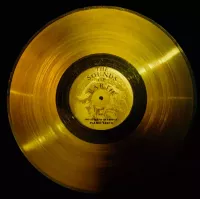
Music is a cultural universal involving the arrangement of sound...

War is defined as an armed conflict involving the organized...
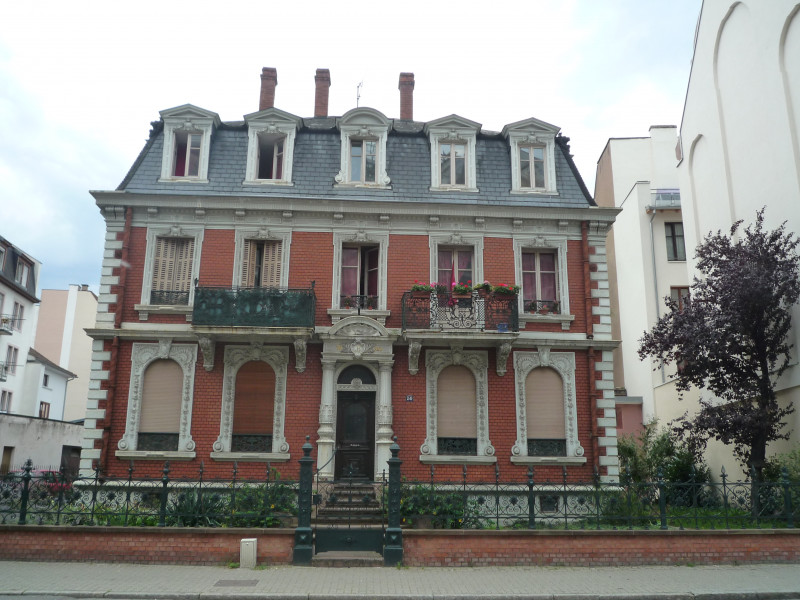
A house is a residential building ranging from simple huts...
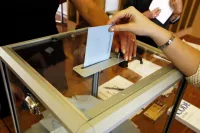
An election is a structured decision-making process where a population...
Trending
6 months ago St Vincent's Hospital in NSW Prioritizes Upgrades Over Sale, Investing in Future
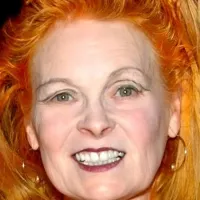
1 month ago Vivienne Westwood's Punk Jewellery Celebrated in New Book Showcasing Fashion Icon's Legacy

2 months ago Cindy Crawford shines at the 2025 LACMA Art + Film Gala.

1 month ago Timothée Chalamet discusses having children, Kylie Jenner reportedly hurt by his interview comments.
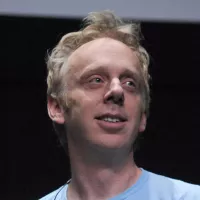
6 months ago Carrie Coon juggled 'White Lotus' and 'Gilded Age' with only 48 hours break.
Portland Oregon is the state's most populous city situated in the Pacific Northwest at the junction of the Willamette and...
Popular

Candace Owens is an American conservative political commentator and author...

Ilhan Omar is an American politician currently serving as the...

XXXTentacion born Jahseh Dwayne Ricardo Onfroy was a controversial yet...

Tucker Carlson is an American conservative political commentator known for...

Bill Gates an American businessman and philanthropist revolutionized personal computing...

Kashyap Pramod Patel is an American lawyer who became the...